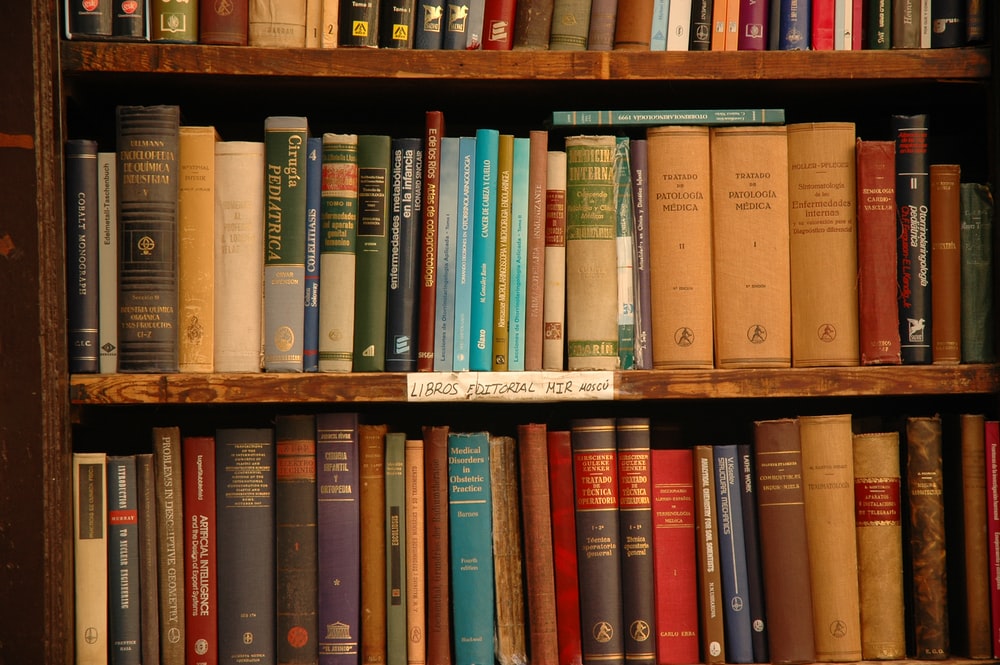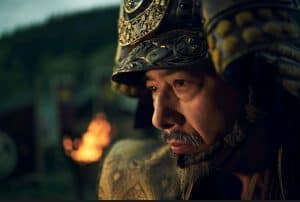We call literary movements the different conceptual and aesthetic trends that define writing history. Each one is composed of a group of writers and works with common characteristics. Do you know how to distinguish them? Today, together with a writing helper and big fan of world literature, Nellie Burges will try to figure out this topic. So, read on!
Table of contents
Common characteristics of literary movements
What are the most important literary movements in history?
Classicism
Medieval
Renaissance
Baroque
Neoclassicism
Romanticism
Realism
Surrealism
Modernism
Magical realism
There are significant differences in the genesis and development of the various literary movements. Some were more spontaneous than others. They were lasting and passing, popular or elitist. Some were specific to literature, while others developed in other artistic fields. In any case, those that can be considered as such turned out to be very influential.
Common characteristics of literary movements
Read also: The Best Paper Writing Service Out There? – PaperHelp.org
What are the most important movements in history?
It is possible to distinguish two types of movements within world literature:
Classicists. They recover literary values from tradition and the past.
Avant-garde. They break with the accepted canons. Their objectives are literary revolution, rupture and innovation.
The following is a list and illustration of the most essential and valuable movements in world literature.
Classicism
It arose between the 5th century B.C. and the 5th century A.D. Its quest was clear: the physical perfection of the human being. It began and spread in classical Greece and the Roman Empire. It pursued harmony, the balanced relationship between aesthetics and background.
The following are some of his literary gems:
The Iliad and The Odyssey. Homer.
The Aeneid and all the poetic works of Virgil.
Dramatic works of Sophocles.
Medieval
We move to the period between the 5th and 15th centuries. After the fragmentation of the Roman Empire, Europe reacted with new literary practices, and the Romance languages appeared. The theological approach is their main feature, mainly because members wrote them of the clergy. However, courtly love and epic poems also gained relevance.
As a curiosity, many of his greatest works feature unknown authors:
Song of Mio Cid, The Song of the Nibelungs and The Song of Roland.
Book of Good Love. Archpriest of Hita.
Renaissance
From the 15th to the 16th century, love, nature, and mythology became references for art and literature. Anthropocentrism and the return to classical values were consolidated:
Don Quixote de la Mancha. Miguel de Cervantes.
Macbeth. William Shakespeare.
The Divine Comedy. Dante Alighieri.
Baroque
In the 17th century, especially in Spain, themes such as love, disillusionment, lies, and death triumphed.
Neoclassicism
It aspires and pursues the perfection of the ancient classics of Greece and Rome. Reason dominates, and order, beauty, and harmony were imposed again in the XVIII century. Do you know some authors?
Romanticism
From the 17th to the 19th century, the author’s sensibility and imagination gained weight. Legends, traditions, myths, and poems were consolidated, together with the intimacy of the protagonists:
Les Miserables. Victor Hugo.
Frankenstein. Mery Shelley.
Realism
Its goal, since 1870, is to reproduce reality faithfully. The novel became its main vehicle and the precise and vibrant language. Emotions were displaced from literary art. Read several works to get to know it:
Crime and Punishment. Fyodor Dostoyevsky.
Madame Bovary. Gustav Flaubert.
War and Peace. Leo Tolstoy.
Surrealism
It starts with the explicit agreement of different authors in 1924. It seeks to reproduce the irrational state of the dream, madness, delirium, and rupture. The Manifesto of surrealism, by André Breton, is his masterpiece.
Modernism
This literary movement came to us from Latin America in the 19th century. Its style recovered classicism and baroque. The objective? To renew literary language.
Magical realism
It was proposed to include fantasy and the marvelous in stories during the twentieth century without emphasizing their fantastic character, realism, and everyday life. One Hundred Years of Solitude, by Gabriel Garcia Marquez, is the reference.
Now you know the essence of literary movements, which one will you begin to delve into world literature?

Andrea Bell is a blogger by choice. She loves to discover the world around her. She likes to share her discoveries, experiences and express herself through her blogs. You can find her on Twitter:@IM_AndreaBell







